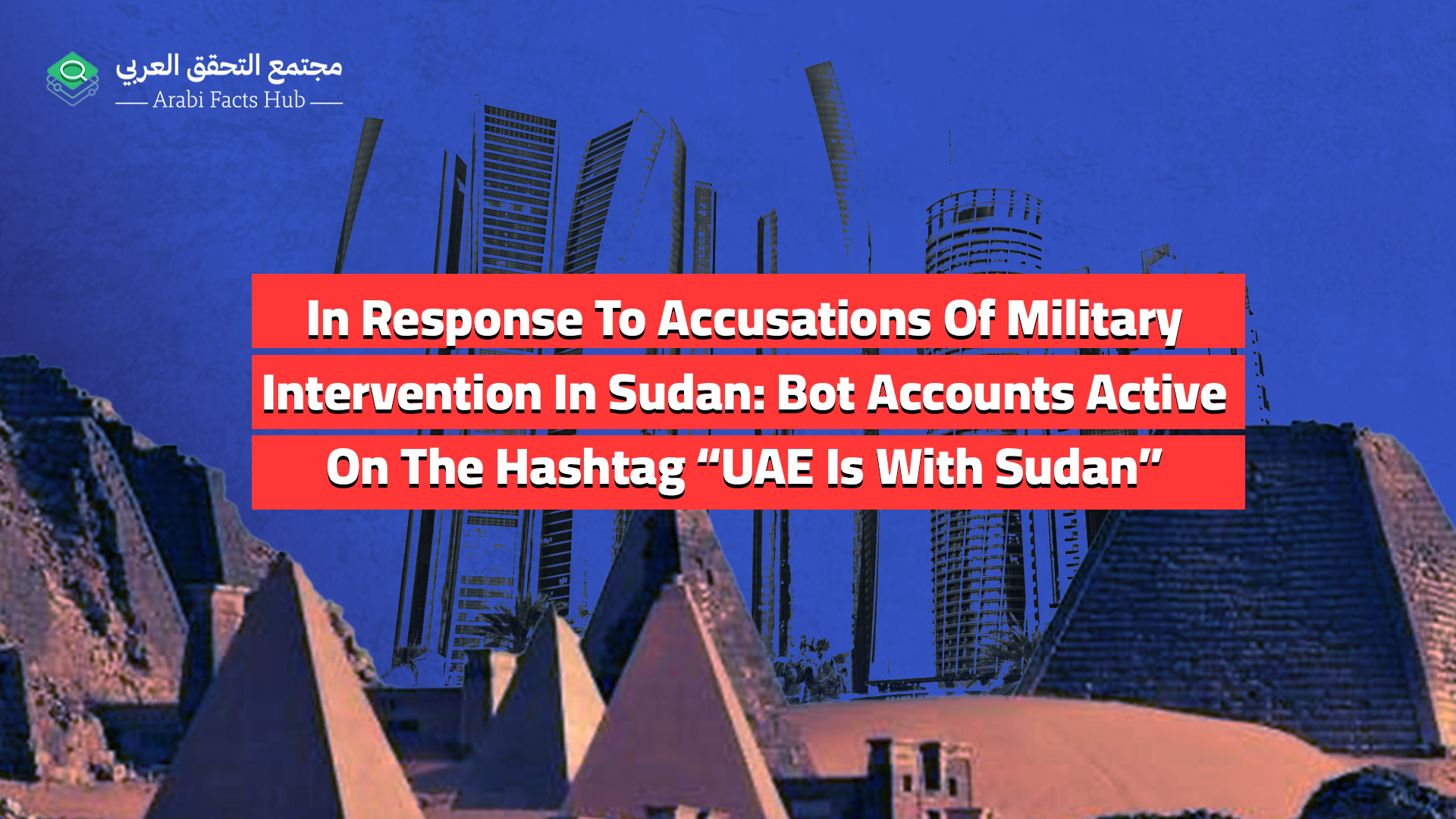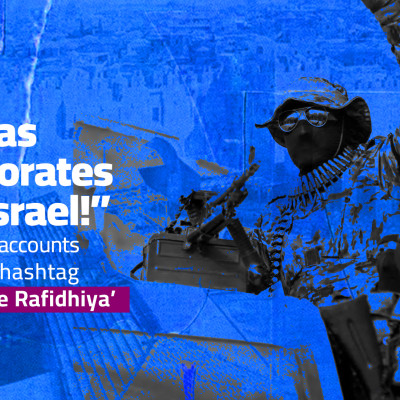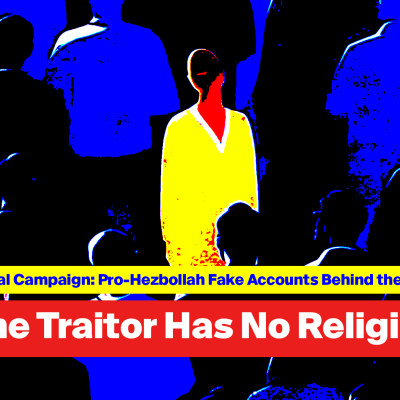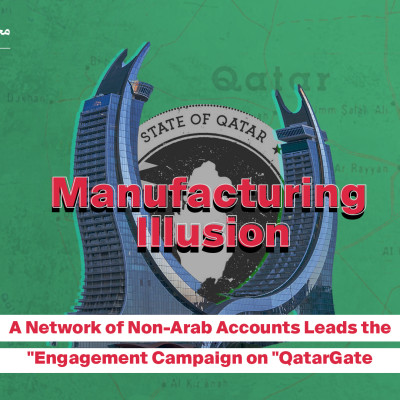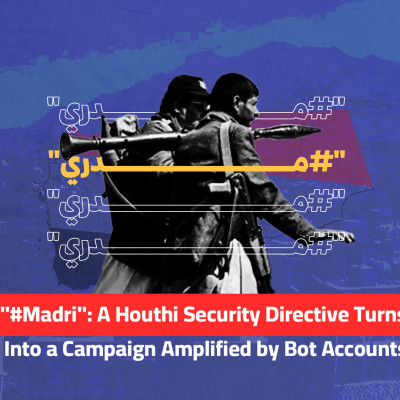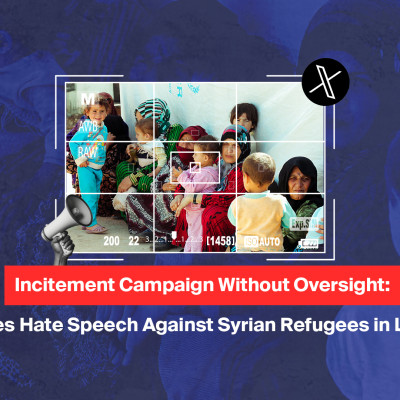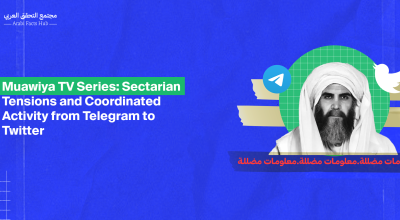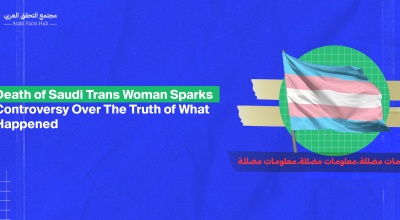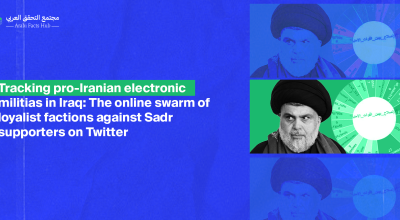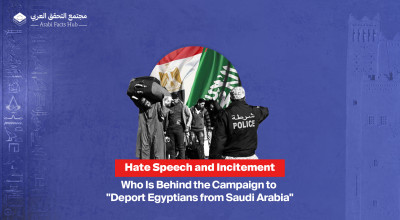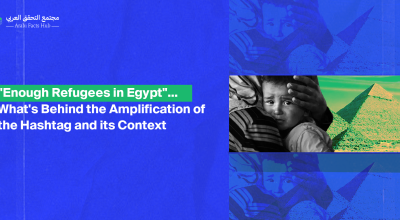Prepared by: Sherif Mourad
The report analyzed a sample of 20,000 posts from a total of 103,000 to track the network of accounts promoting the hashtag. It identified automated behavioral patterns in some active accounts within the campaign.
Key findings of the report include:
- The hashtag "#الإمارات_مع_السودان" (UAE is with Sudan) saw widespread circulation, peaking during two main periods: the first between April 9–11, 2025, and the second between May 3–5, 2025. The campaign reached tens of millions of views, with significant engagement: approximately 55,000 replies, over 36,000 reposts, and around 6,000 quote posts, while original content made up the smallest share of total interactions.
- Analysis showed that most interactions came from accounts located in the UAE (13,300 accounts), followed by Sudan (9,251 accounts).
- Network analysis revealed that prominent Emirati accounts led the campaign and acted as central nodes, while other accounts played key roles in connecting different clusters—suggesting a deliberate strategy to spread targeted political messaging and unify disparate audience groups.
- Advanced detection methods indicated strong signs of coordinated and automated activity, seen in synchronized posting patterns, repeated use of the same content and visuals, and heavy reliance on automated reposting by large account clusters.
- In terms of content, the campaign focused on promoting the UAE, while also pushing accusations of "terrorism" against the Port Sudan government, which currently represents the central authority in Sudan.
Escalation on the Ground and Amplification Online
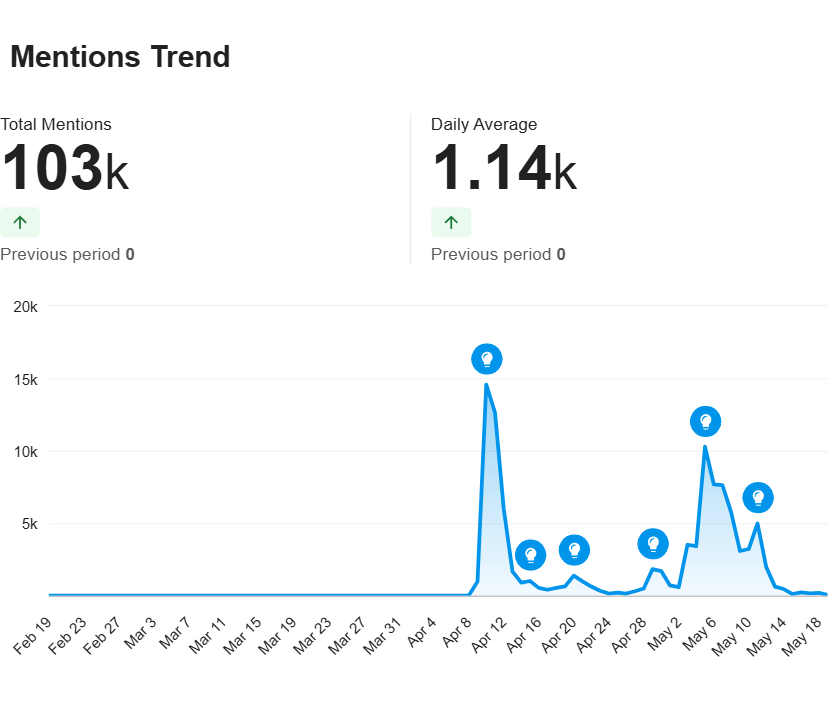
Drone strikes attributed to the Sudanese Rapid Support Forces (RSF) hit the city of Port Sudan on May 6, 2025. This sent shockwaves across Sudan, igniting a wave of social media engagement.
Coinciding with these attacks, the hashtag "#الإمارات_مع_السودان" (UAE is with Sudan) recorded a sudden tripling in reposts within just four hours after the strikes, compared to the period before the air raids.
On the same day, alongside escalating tensions on the ground, the Sudanese military council announced the severing of ties with the United Arab Emirates. This resulted in the emergence of new versions of the original hashtag, most notably "#السودان_في_قلب_الإمارات" (Sudan is in the UAE’s heart).

On May 9, 2025, a report by Amnesty International sparked a new wave of controversy, revealing that advanced Chinese drones had passed through the UAE before reaching Sudan—placing the UAE at the center of accusations of violating the arms embargo on Sudan. This report was accompanied by the coordinated launch of a pro-UAE campaign, characterized by the widespread dissemination of graphics and curated information defending the UAE against these allegations.

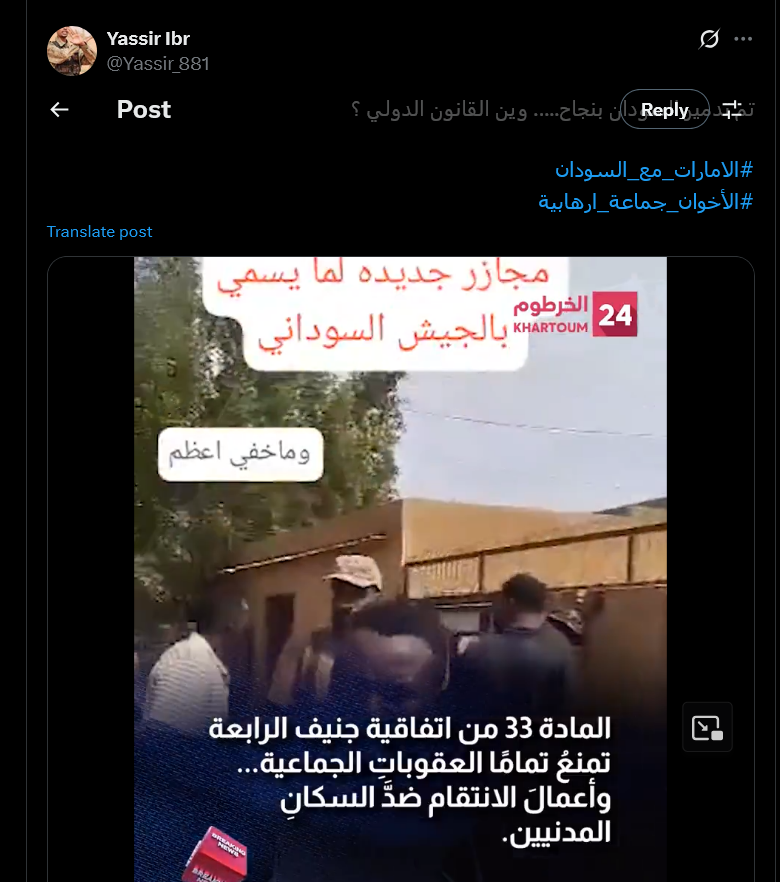
The conflict intensified in mid-May 2025, reaching the sphere of international politics when the U.S. Senate introduced resolutions to prohibit arms sales to the UAE, amidst allegations of the latter's involvement in the Sudanese conflict.
As the military conflict in Sudan intensified—accompanied by international reports accusing the UAE of arming the RSF—the hashtag "UAE is with Sudan” resurfaced. Meltwater data indicates an abrupt emergence of the campaign, rather than the gradual development typical of organic discussions.
A Month of Intensified Activity
Between mid-February and April 8, 2025, engagement with the hashtag "UAE is with Sudan” remained stagnant, with no notable activity in terms of post volume or audience reach. However, on April 9, the reach indicator suddenly spiked, surpassing 12 million accounts within just a few hours. The very next day, it peaked, reaching over 79 million accounts.
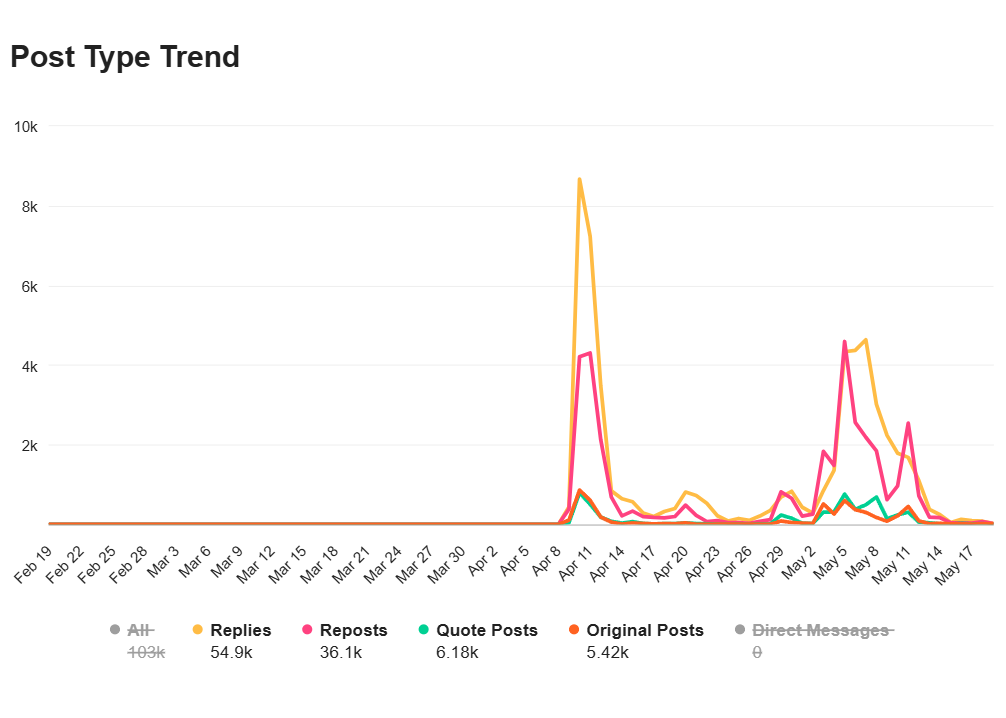
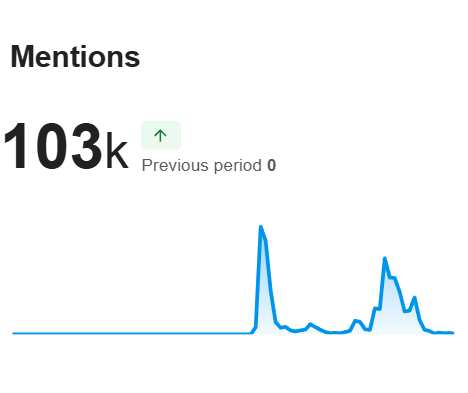
Between April 10 and May 10, 2025, the hashtag "#الإمارات_مع_السودان" (UAE with Sudan) maintained a high level of daily activity, ranging from several thousand to over 10,000 posts per day. In this 30-day period, two main spikes occurred. The first coincided with the drone strikes on Port Sudan, while the second followed the publication of the Amnesty International report accusing the UAE of re-exporting advanced Chinese drones to the RSF, in direct violation of the arms embargo.
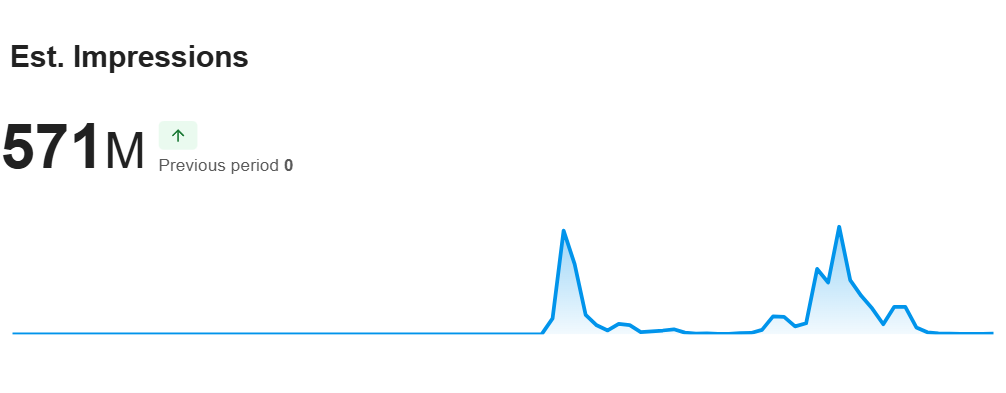
During these time periods, the hashtag saw sudden peaks, which reached 85 million potential viewings on May 5, 2025. Following that, the campaign started to subside gradually by May 10, 2025
Posting Patterns: Who Writes What
A deeper look into the nature of posts on the hashtag "UAE is with Sudan" reveals a clear strategy. Rather than fostering interactive discourse, the approach prioritizes the high-intensity dissemination and recycling of pre-prepared content.
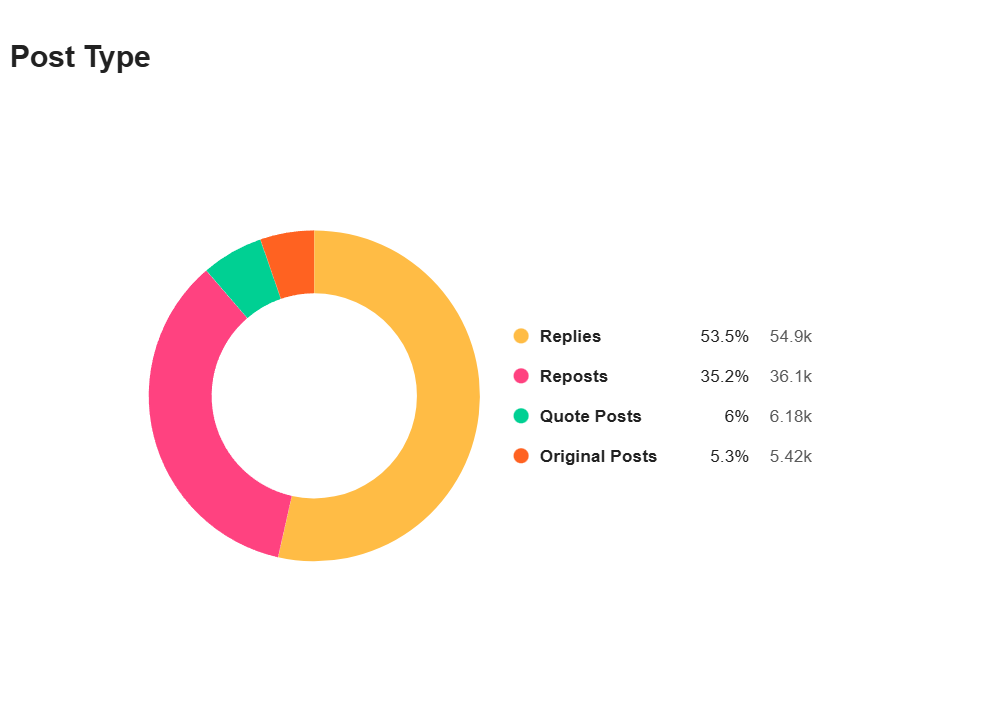
Out of more than 117,000 interactions on the hashtag, replies accounted for approximately 53.5% of the content—a high percentage that suggests an effort to infiltrate ongoing conversations or respond to critics in an aggressive manner. Retweets made up about 31%, while original posts constituted only 4.6%, highlighting a strategy centered more on amplification than on generating new content.
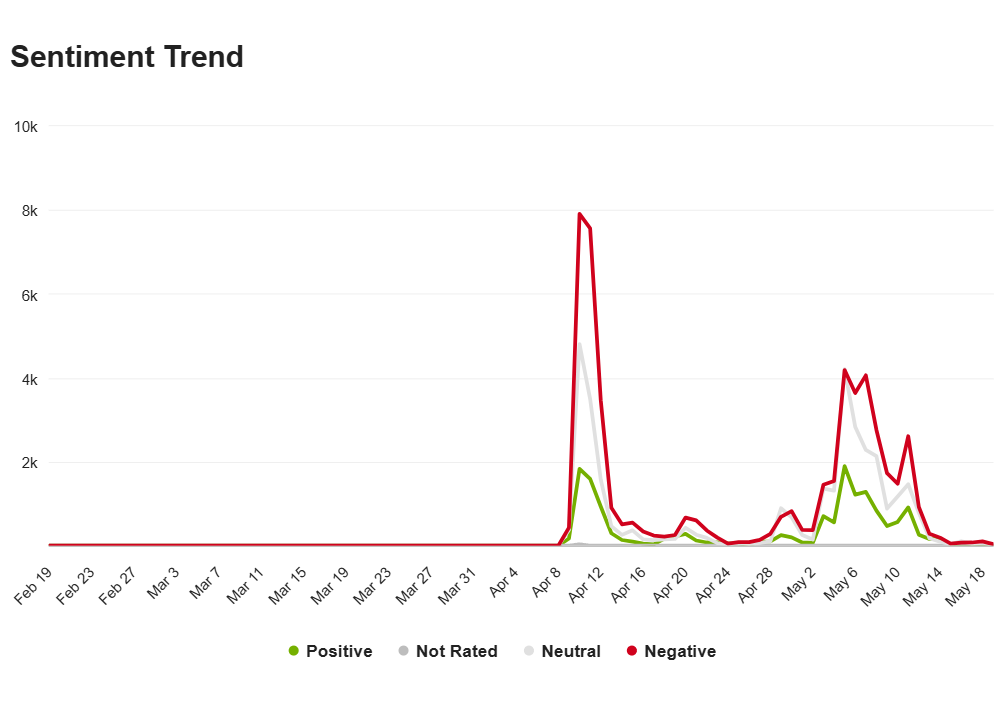
When tracking the shifts in tone within the campaign’s content (negative vs. positive), it becomes clear that the campaign began with a wave of positive posts, particularly between April 9 and 11, 2025, during which positive posts exceeded 1,800 per day. However, this pattern was short-lived. Within days, negative responses began to rise, especially after images and videos documenting drone strikes on civilians in Port Sudan began circulating.
Later, during the campaign's second peak in early May, there were renewed attempts to reintroduce a positive narrative. Between May 3 and 5, positive posts once again surpassed 1,800 in a single day. Yet, this narrative quickly lost momentum within a week, giving way once more to criticism and condemnation, especially as mockery grew over the repetitive messaging used by pro-UAE accounts.
Analysis of reach, post volume, and content type reveals a carefully crafted propaganda campaign, which emerged suddenly, peaked at moments directly tied to political and military developments, and relied on amplification tools (replies and retweets) rather than genuine interaction. Despite these efforts, the campaign failed to control the broader digital narrative—ultimately becoming a target of ridicule and backlash.
Campaign Center

Interaction data on the hashtag "#الإمارات_مع_السودان" (UAE is with Sudan) revealed that the United Arab Emirates served as the central point of activity for this campaign. Out of over 100,000 interactions in the expanded sample, more than 13,000 originated from within the UAE—the highest share for any single country. Notably, Abu Dhabi stood out as the most active city, contributing over 4,000 posts.
On the other hand, Sudan emerged as a highly active digital arena, recording over 9,000 interactions, particularly from Khartoum, Omdurman, and Wad Madani. But a closer breakdown of this activity shows that the vast majority of Sudanese posts were replies, which aligns with earlier content analysis findings indicating that replies made up nearly half of all interactions within the campaign.
Meanwhile, Port Sudan, the seat of the new Sudanese government currently in conflict with the RSF, contributed only a modest digital footprint—with 190 posts recorded from the city.
A Battle Over the Hashtag
The momentum driving the reposting on the hashtag #الإمارات_مع_السودان (UAE is with Sudan), can be traced to a short list of posts that dominated the scene. The most widely spread post, which described the UAE as a "killing machine," garnered more than two thousand reposts within a few hours, setting a sharply aggressive tone that overshadowed the rest of the content on May 3rd. Angry Sudanese discourse was clearly evident in the comments, including phrases such as: "Sudan has been successfully destroyed… Where is international law?""
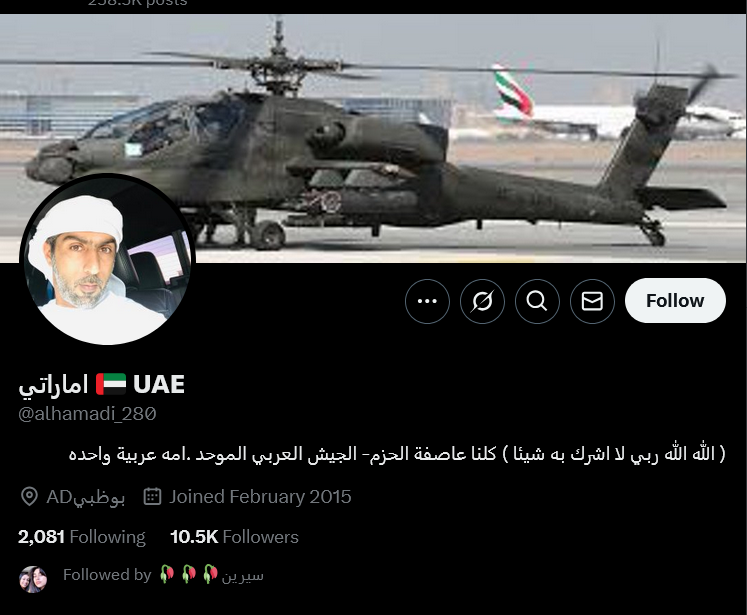
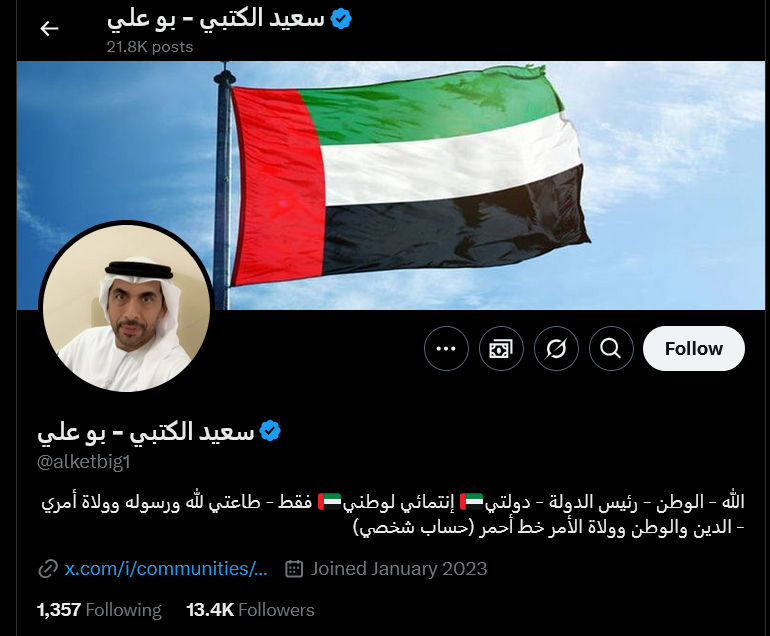
These critical posts prompted Emirati accounts to pump out counter-messages, presented as high-quality designs and promotions of slogans about "humanity" and the "rule of law," along with images of aid landing at Sudanese airports.
Accounts like @munabusamra, @alraisisaeed, and @hamadalkaabi80 ranked among the most active, using legal and diplomatic language to refute accusations against the UAE or to label the Sudanese government as "terrorist."
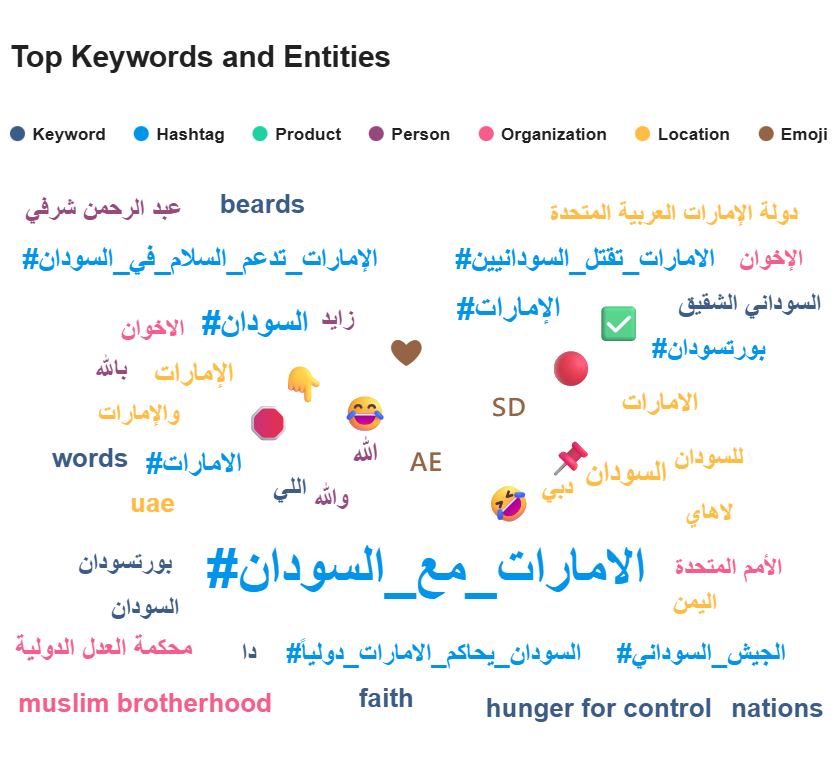
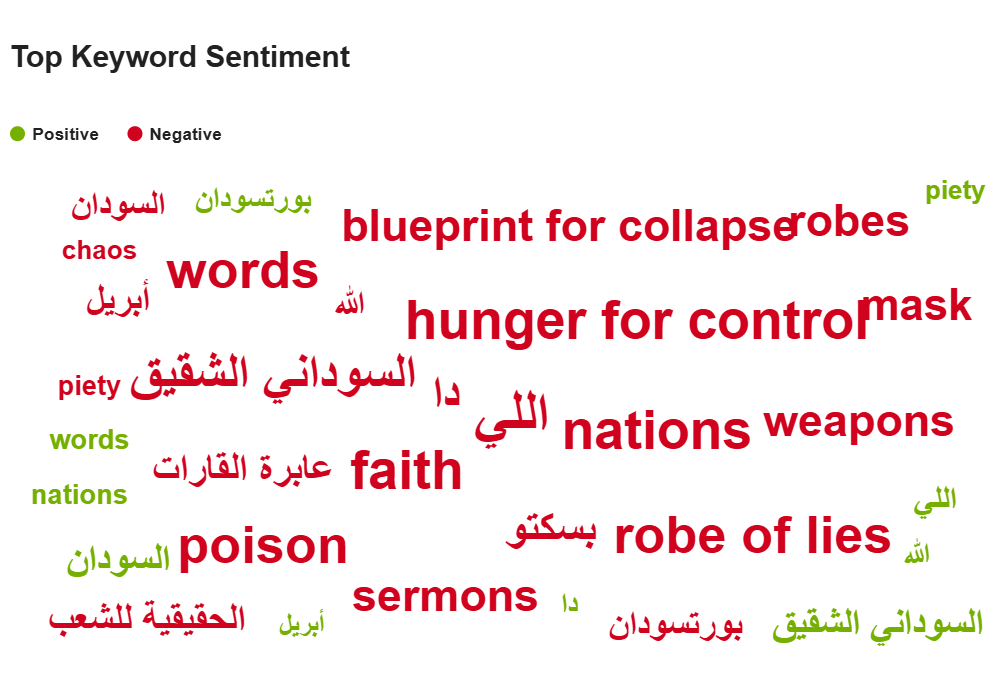
Although both camps used the same hashtag, each accompanied it with additional hashtags. Supportive comments paired "#الإمارات_مع_السودان" (UAE is with Sudan) with a second hashtag attacking the Muslim Brotherhood, in a clear attempt to link the Port Sudan government to Islamist political movements.
On the other hand, Sudanese activists and UAE opponents promoted opposing hashtags such as "#الامارات_تقتل_السودانيين" (the UAE kills Sudanese) and "#السودان_يحاكم_الامارات_دولياً" (Sudan prosecutes the UAE internationally), alongside the original hashtag, effectively stripping it of its intended meaning.

A deeper look into the self-descriptions of the most active accounts reveals their support for the political leadership in the UAE; phrases such as "محمد_بن_زايد" (Mohammed bin Zayed), "مشاريع_الخمسين" (Projects of the 50 [-year anniversary]), and "اللهم_احفظ_الإمارات" (God Protect the UAE) appeared in their bios.
Meanwhile, the words used in the bios of critical accounts on the hashtag, such as "العصيان_المدني_الشامل" (Full Civil Disobedience), "السودان_ينتصر" (Sudan Triumphs), and "UAE Kills Sudanese," indicate Sudanese activists who criticize foreign intervention in the Sudanese war.
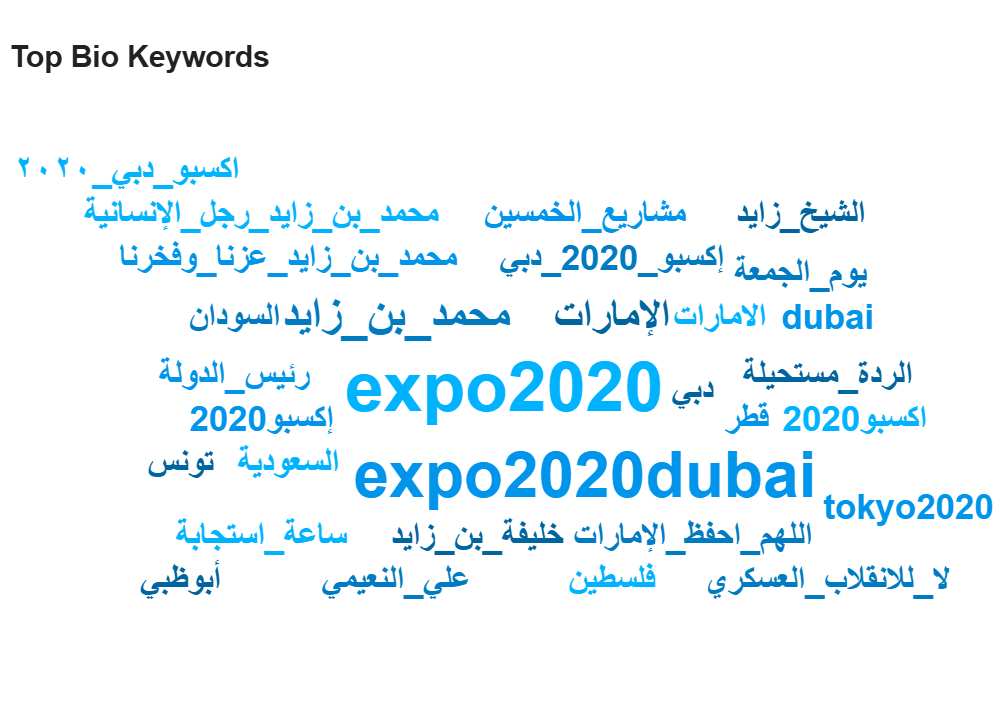
In terms of structure, "UAE is with Sudan” remained the center around which all messages revolved, but it soon turned into a symbolic battleground. Alongside it appeared positive hashtags describing the UAE as a "messenger of peace," contrasted with accusatory hashtags linking it to war crimes. The result was a divided rhetorical arena: one side praised the UAE’s role as providing "humanitarian" and "legal" support, while the other depicted it as a "colonial intervening power disguised in charitable work."
The main point of division centered around the publication of Reuters reports about Bulgarian munitions shipped via Abu Dhabi to Darfur, as well as the UN sanctions committee reports. Critics of the UAE used these reports to prove its complicity. Each time a UN report or investigative journalism piece was released, pro-UAE accounts responded with a flood of posts doubting the news sources or labeling them as part of a "Western lobby."
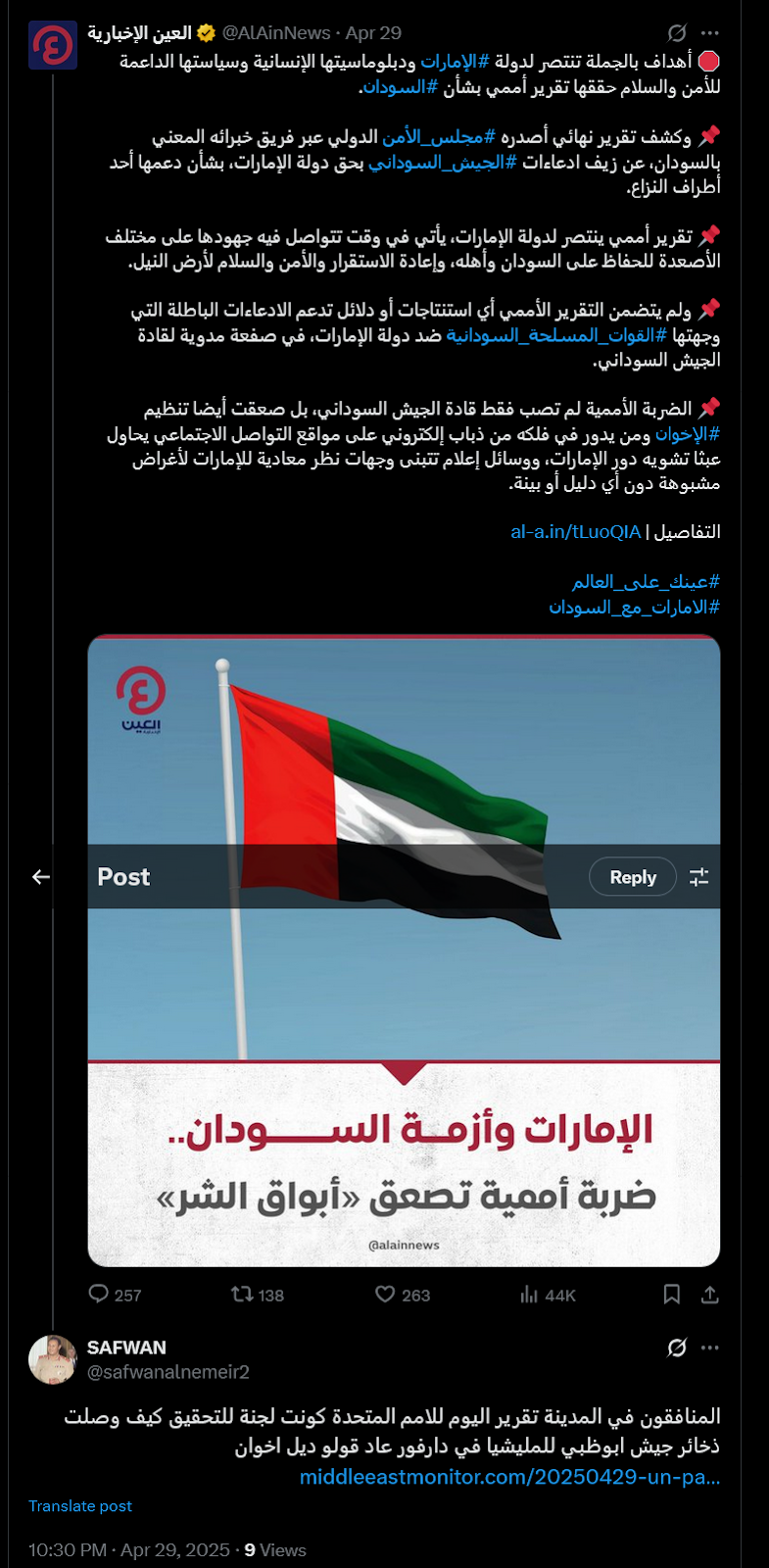
Our content analysis indicates that hundreds of the same photos and videos were reposted dozens of times by a group of highly active accounts. This behavior aligns with URL flooding tactics aimed at dominating the platform’s algorithms and depriving the average follower of the opportunity to see alternative content.
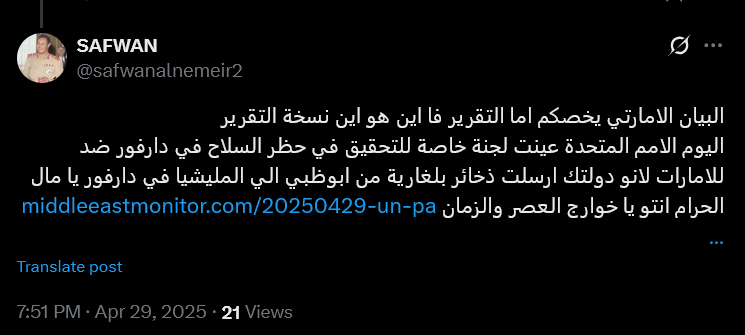
The overall outcome is that the hashtag "#الإمارات_مع_السودان" (UAE is with Sudan) did not maintain its identity for long as a support initiative; rather, it turned into an open battleground for competing messages. Despite the technical and human resources mobilized by the promoting side, Sudanese and regional backlash—backed by international human rights and media platforms—succeeded in stripping the Pro-UAE messages of their substance, turning the hashtag into a subject of controversy and ridicule.
An Active Central Network in the Confrontation
Analyzing the interactions on the hashtag "#الإمارات_مع_السودان" (UAE is with Sudan) reveals a complex network of accounts that at first glance appeared diverse and unconnected. However, breaking down this network using automated account monitoring tools showed a recurring pattern of unusual digital activity.
In a sample of 2,000 posts —out of a total of 100,000— three technical criteria were used to detect automated accounts:
- First, usernames ending with random numbers (a known sign of automatically created bot accounts);
- Second, repeated posting within narrow time frames that do not align with normal human usage; and
- Third, excessive interaction patterns such as reposting dozens of times within a single hour.
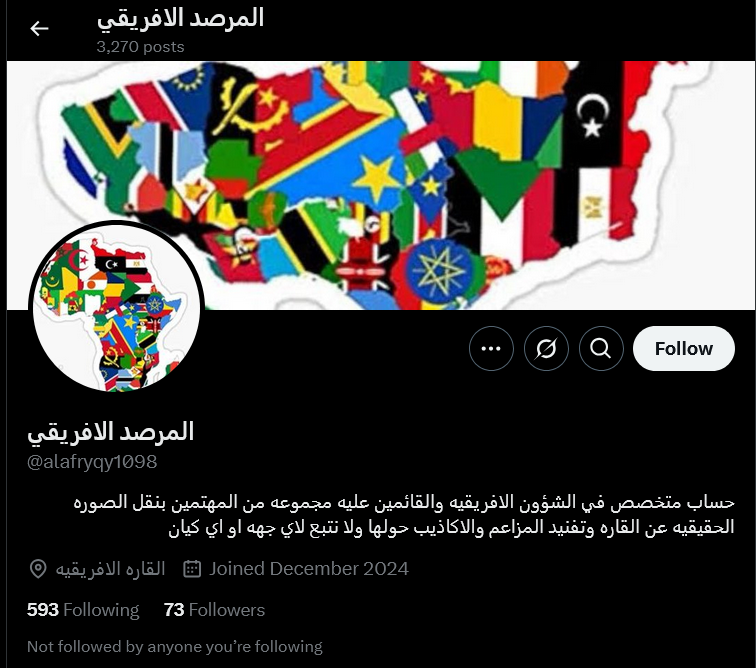
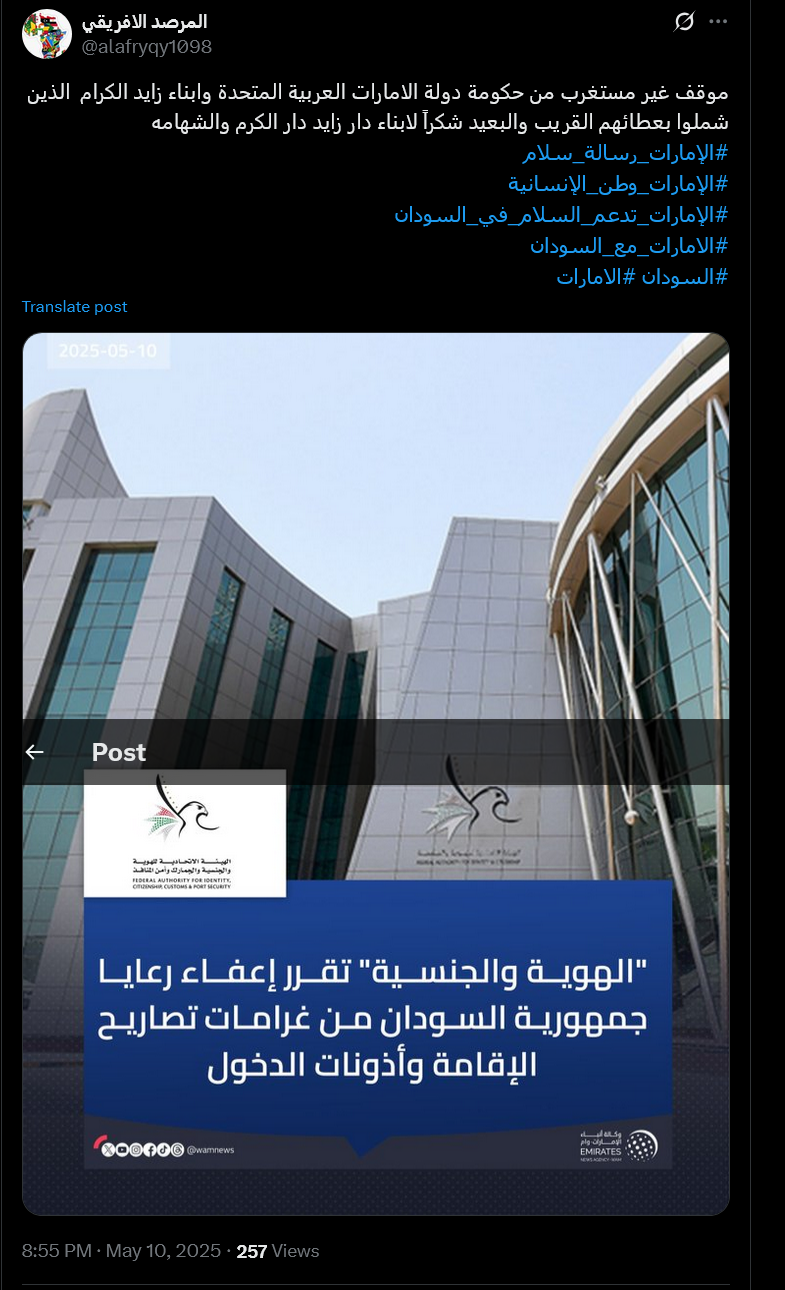
Based on the above criteria, several prominent accounts were identified for their repeated interaction with the hashtag under investigation, including accounts such as @alafryqy1098, @abusuhail4444, and @fahd418504. These accounts were not only far more active than normal but also showed similarities in behavior and content themes—namely, the persistent promotion of the campaign hashtag "UAE is with Sudan", praise for the UAE’s role in Sudan, and targeted attacks on the Port Sudan government.
The analyzed accounts also displayed identical patterns in reposting the same content within minutes, sometimes with time gaps of only a few seconds—behavior that cannot reasonably be attributed to normal human usage, even in the case of full-time activists.
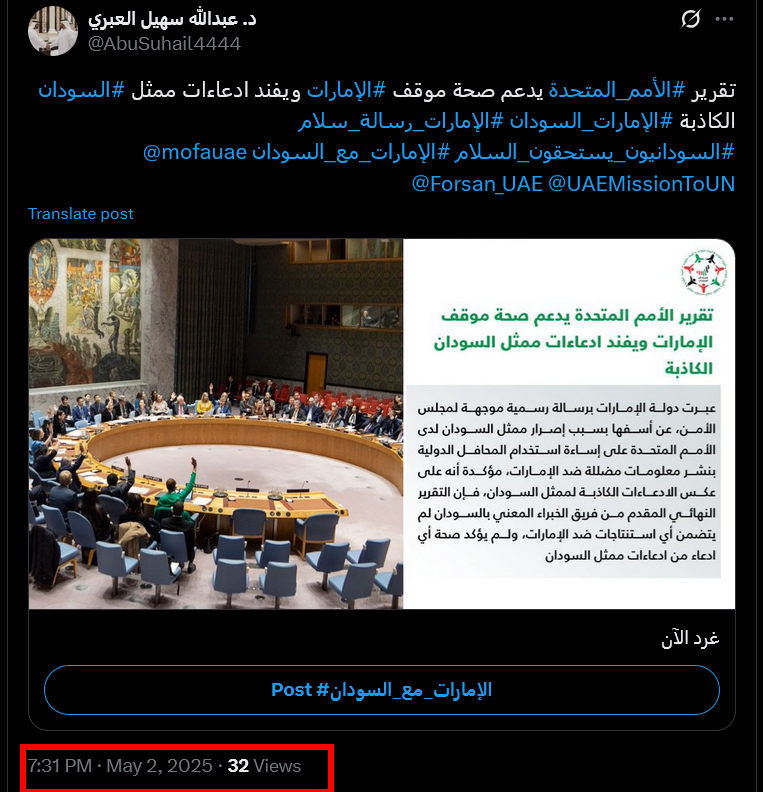
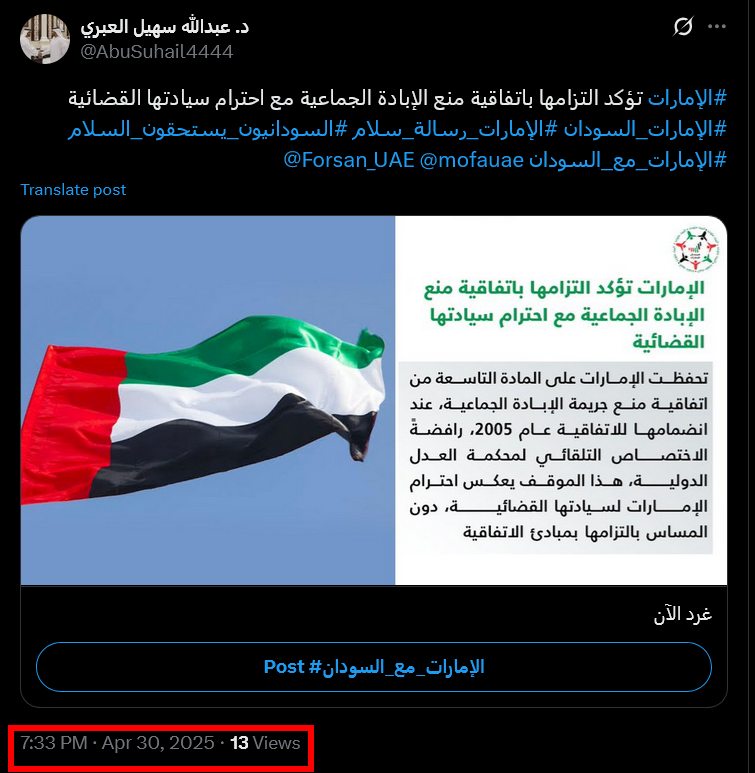
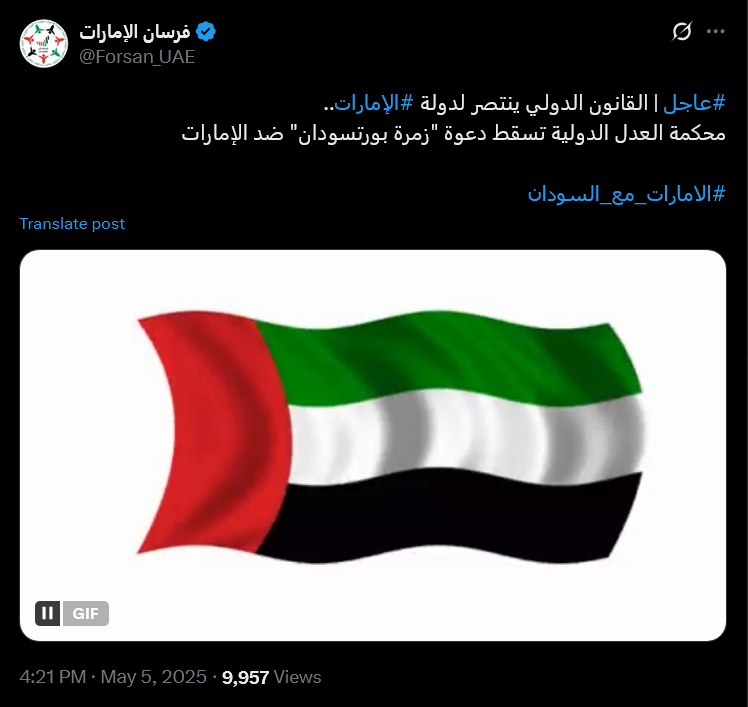
These accounts, functioning as high-frequency digital nodes, contributed to amplifying and repeating messages within the broader digital space—creating the illusion that the content originated from a wide and diverse audience. However, the analysis reveals that the number of truly influential accounts was limited and that they shared technical and thematic characteristics pointing to a single source or a centralized command hub driving engagement with the hashtag "#الإمارات_مع_السودان" (UAE is with Sudan).
Ironically, despite their high posting frequency, most of these accounts received minimal organic engagement from genuine users. This supports the hypothesis that their primary goal was not open dialogue, but rather the occupation of the digital public sphere and the redirection of attention toward a pre-crafted narrative.
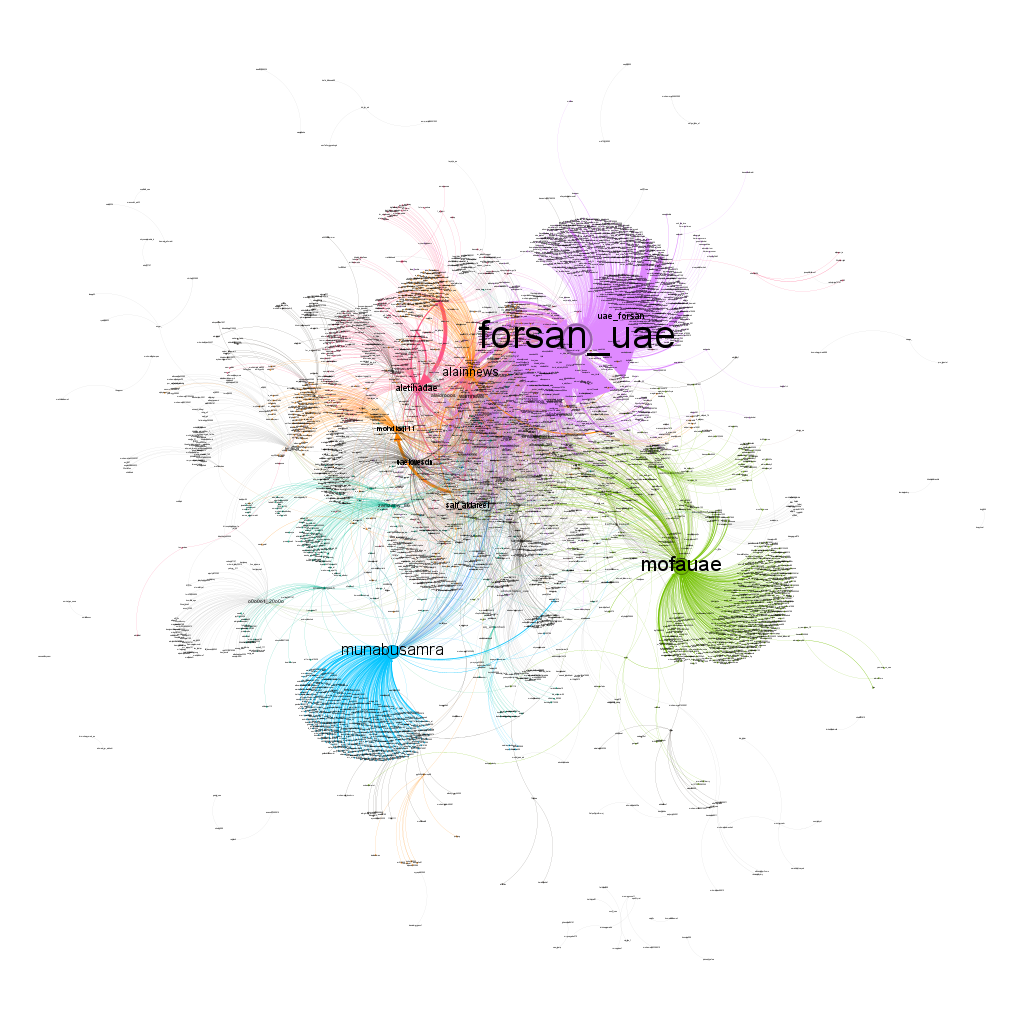
When we moved from tracking numbers to mapping the campaign’s network graph, the scene resembled a cosmic painting—stars intersecting in the shape of a galaxy with a single, clear center. At the very heart appeared the account @forsan_uae (Knights of the UAE). Every interaction in the campaign either flowed into this account or originated from it. The account was not only the loudest voice, but also the one receiving the most engagement, with thousands of reposts directed toward it—making it the “station” through which messages passed before spreading across the digital space.
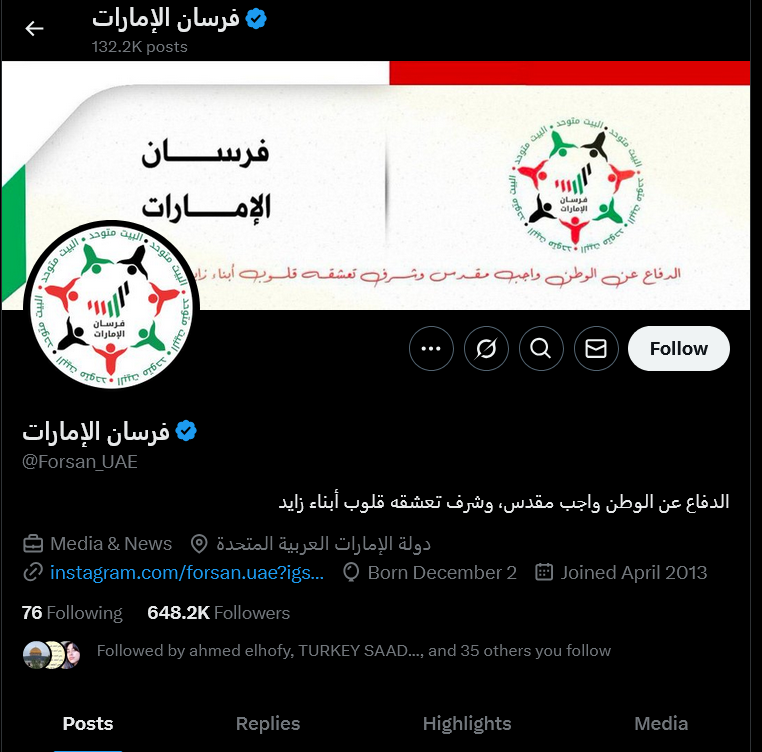
To the right of this central hub, a green cluster can be seen, led by the account @mofauae, affiliated with the UAE Ministry of Foreign Affairs. Shorter threads branched out from it, forming a network composed of official pages of government institutions and news agencies. Modularity measurements reveal that the wing operated largely in isolation, primarily engaging internally by repeatedly circulating official statements and excerpts from press conferences.
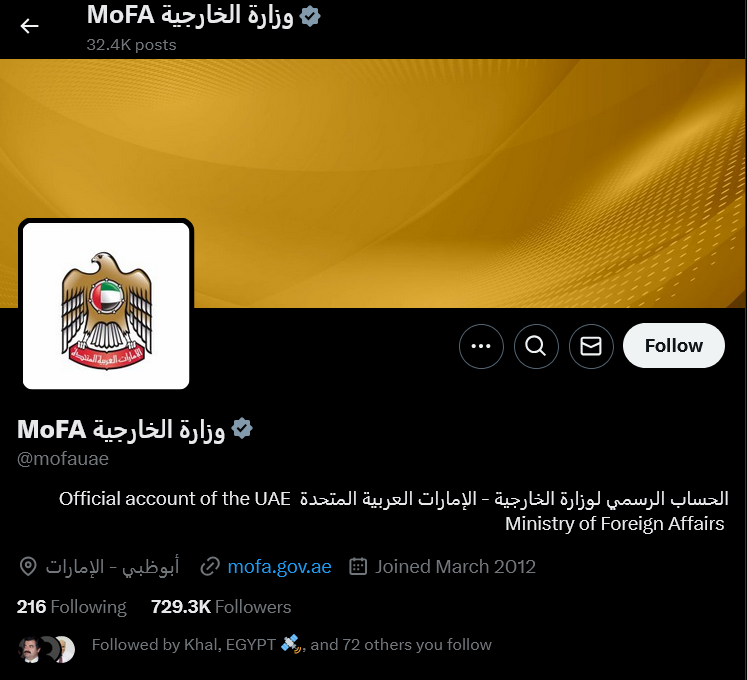
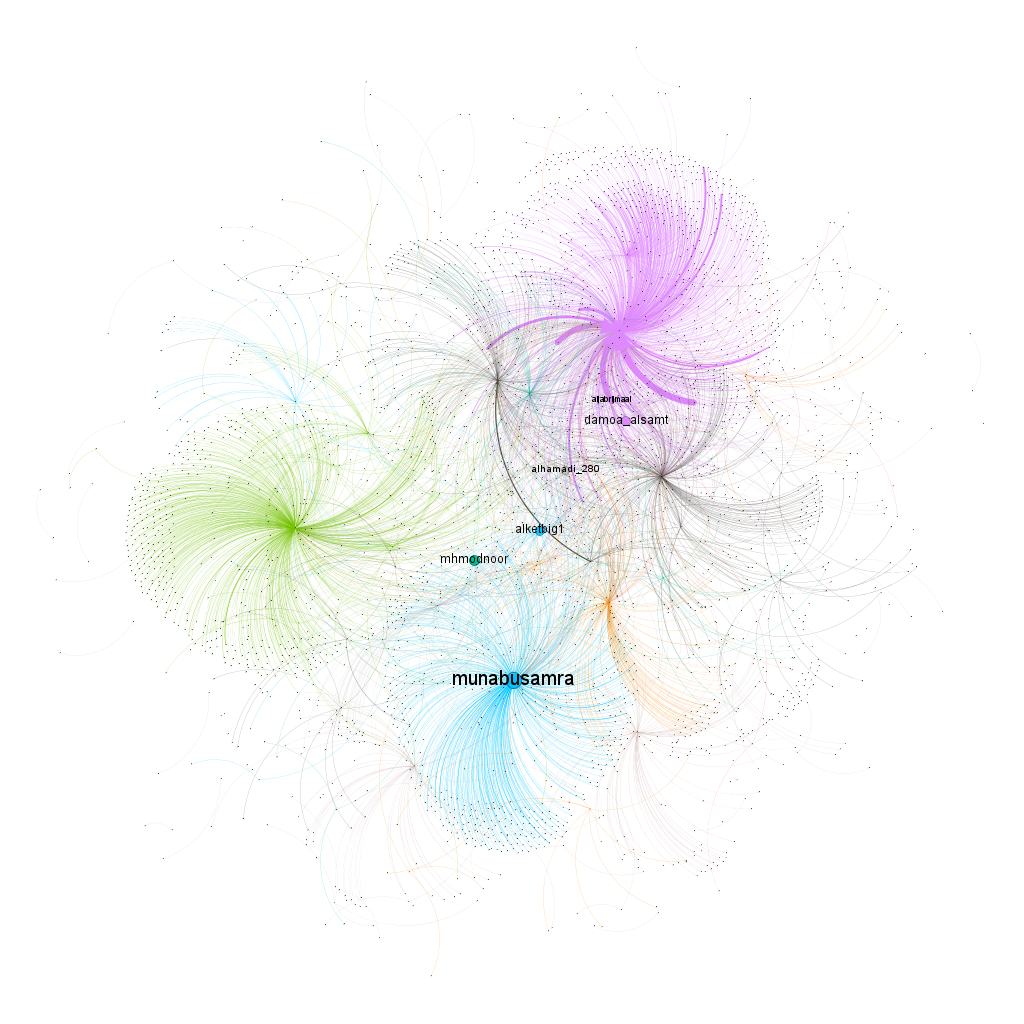
The hashtag’s message would not have extended beyond these official circles were it not for intermediary nodes linking them to the rest of the digital scape. This is where accounts like @munabusamra, @alketbig1, and @mhmoodnoor played a critical role. While these names did not top the list of “most active posters,” they recorded the highest betweenness values. These accounts function like bridges connecting the two banks of a river: they transmit the official discourse to more diverse, popular circles, and also work in reverse—capturing what's being said in those circles and reframing it in language palatable to official platforms. Removing any of these bridges, as deletion simulations in Gephi show, would sever the connection between the groups.
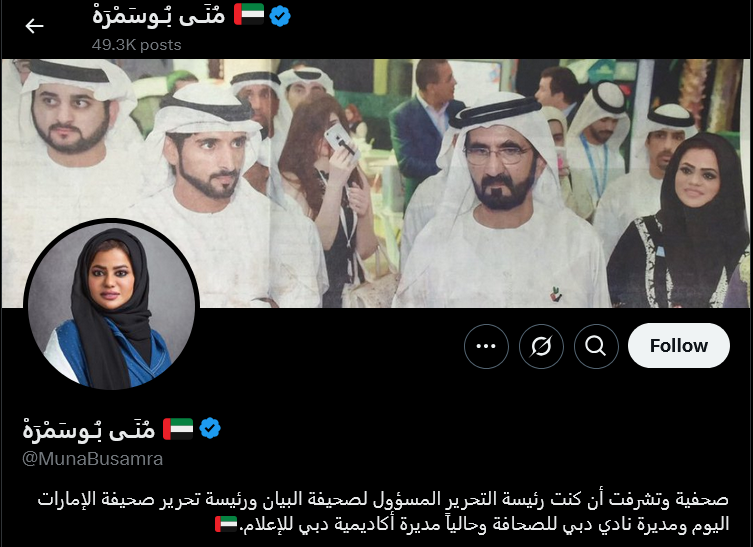
On the other side, a blue cluster can be seen, led by Sudanese and Arab activists in opposition. In this space, accounts like @samykamaleldeen and @ahmad_dadoosh served as “resistance nodes” that redirected the hashtag against its original objectives. Notably, this opposing cluster connected to the Emirati center only through those same intermediary bridges—meaning the battle was being waged, quite literally, over a limited number of bridges that could be monitored and disrupted.
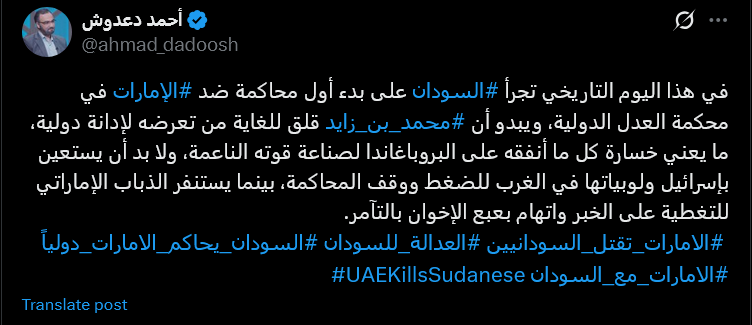

Ultimately, the network engaging with the hashtag #الإمارات_مع_السودان (UAE is with Sudan) exhibits three distinct layers in its structure. A central Emirati core driving the hashtag’s activity; official and semi-official Emirati bridges that transmit and promote the narrative; and oppositional Sudanese circles that intercept this content to critique or satirize it.
